Have you ever heard of mycelium fungi used as building materials? If not, then brace yourself for something spectacular about this natural fungus in Mother Nature.
Yes, the other day, we read an interesting article at Plantly on caring for this fungus, but the fungus is also making highlights on an industrial level.
That fact is that we will be seeing more of this agricultural waste in building blocks for our future homes. But before we get to the building materials, let’s learn about this magical fungus.
What Is Mycelium?
When you look at fungal mycelium, it is a root-like fiber of the fungus you find living underneath the ground. The fungus is 100% organic matter that is biodegradable and compostable.
Once the mycelium dries, it becomes a durable yet resistant material resistant to mold, fire, and water. But, until today, you find people using mycelium in packaging like the company Ecovative Design.
Still, the company has found other ways of using mycelium, like making animal-free leather as an alternative to meat products and in skin care. In addition, the company has a unique fabrication process to control the fungal mycelium strength, porosity, and texture.
But what sets mycelium apart from most other materials? Mycelium can regenerate fast, and you can use it for 3-D printing. Alternatively, you can use it as a non-toxic, all-natural insulation material.
Hence, mycelium is opening up a new world in design to the building industry.
Mycelium Fungi as Building Materials
The use of mycelium has come a long way since 2014 when the architect team The Living constructed a mushroom brick tower known as Hy-Fi standing in the courtyard of MoMA’s in midtown Manhattan.
Built From Agricultural Waste
The team built the tower using mycelium brick grown from agricultural and organic waste. The idea was raised by the company Ecovative when they used mycelium in their wine packaging. The tower consisted of 10,000 mycelium bricks and reached up to 40 feet tall.
While the bricks are not as strong as your conventional bricks, it is lighter. Your traditional brick has a strength of 28 MPa, while the mushroom building bricks can only withstand 0.2 MPa.
Still, the mycelium is lighter, weighing 43 kg/m3 compared to 2,400 kg/ms. So, you can still stack the mycelium bricks up to 40 feet high. Still, it is better to use it as a construction material than a non-load-bearing structure.
Hence, it works better used as insulation material for interior walls. The mushroom building bricks are durable, mold-resistant, and fire-resistant while friendly to the environment. It will lower the carbon footprint as it is exposed to living organisms that break down when decomposed.
The Mycelium Brick Will Help Upcycle the Agricultural Waste
In the construction industry, mycelium will provide a low cost of building as it is a biodegradable material alternative and will give a sustainable future.
Still, other projects show that mycelium used as construction materials can provide stability. A good example is the spatial branching structure seen in the MycoTree.
Even NASA is researching the use of fungal mycelium to build habitable dwellings on Mars.
Why Would We Want to Use Fungi as Construction Materials?
Yes, using fungi in building homes sounds strange as you do not want them to grow on you (joke.) But if you think of the environmental impact of building, the industry needs to start looking at other alternatives.
For example, you find concrete and steel used in the building industry, which has a huge environmental impact. Hence, using mycelium is an unconventional material to use in a brick form.
Yet, further study is needed to use it as a potential building material to construct a building. But the above case studies we discussed earlier are good examples of using it in construction. Moreover, according to many designers, it will lead to healthier buildings as the components grow and are not manufactured.
Furthermore, the mycelium can be triggered immediately to biodegrade instead of material landing in waste and landfills. Hence, with the fourth study, you may shortly see that mycelium will replace your formaldehyde glues.
Currently, you can find a company in Italy, Mogu, selling soundproofing wall panels and flooring tiles. In contrast, the firm BIOHM uses it in insulation panels.
Structures That Made Up From Mycelium Fungi
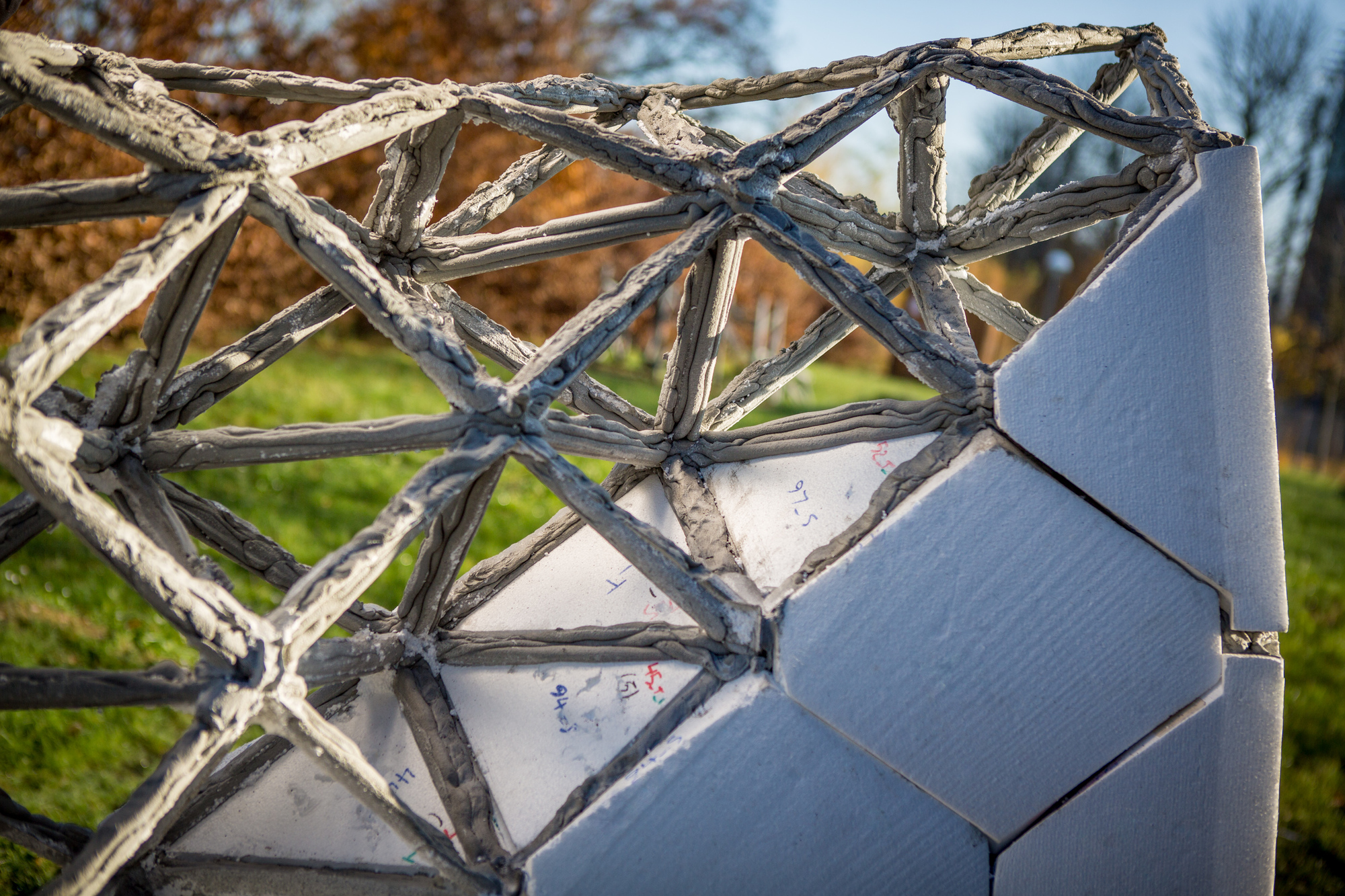
When you look at the projects where mycelium is used, most of it is not growing anymore, according to Dahmen, who experimented with live fungi. In contrast, Dahmen said that it could grow the fungi can co dormant during dry spells.
Hence, it becomes less spongy with time but can be reawakened later on, and including them in building materials makes it non-toxic to live in. The fungal mycelium will revive with the right conditions and start digesting materials.
But this needs to happen at the right time and is challenging when designing materials to invest in buildings. Here are some more examples of other projects using mycelium brick in construction:
The Growing Pavilion
The Growing Pavilion is an excellent example of construction materials growing from agricultural waste. It was created from naturally forming fungi that self-assemble. It is a temporary structure developed during the Dutch Design Week to host multiple events.
The entire structure is made from bio-based materials from mycelium, mushrooms, and timber. The team first built the timber frame and used panels from the mycelium and mushrooms attached to the frame.
The panels are lightweight and easily removed or repurposed for other uses. While it was put up as a temporary structure, the project success is now working on a pavilion design to leave standing permanently outside.
The Shell Mycelium Installation
Mycelium materials were used to create another temporary space in India. The project’s two main goals were to promote mycelium composites and show that they can be used as temporary venues for public events.
Employing mycelium-based products in construction materials for major events can be cost-effective and very sustainable. For example, when you look at hosting the Olympic games, it costs a fortune, and mycelium can provide an affordable and environmentally friendly solution.
As you can see from the Shell Mycelium Installation, it is an organic approach and stands with a triangulated timber framework that is striking and aesthetic at the same time.
Biocycling Old Homes with Mycelium to Build New Ones
Another firm in Cleveland is working on different techniques to demolish old homes to combine them with fungus using demolition waste to create new material.
The process is known as biocycling, breaking waste materials down to combine them with natural materials like mycelium. Using mycelium composites adds industrial levels of strength to bind with traditional synthetic materials to grow.
The combined elements of the mycelium-based material are compressed, creating new material. Then the material is cut into bricks used as insulation materials. With the new approach, North American issues can be combated by recycling old homes to create new ones.
A famous design firm Redhouse Architecture believes this process can even be used for disaster relief housing. While the houses may only exist for a few years, buildings can be composted.
The Advantages and Disadvantages of Mycelium
Mycelium has loads to offer with the new technologies of fungal architecture. The process is where an organic substrate is immunized by gradually digesting it to form a solid mass. As the process proceeds, the fungus is terminated, leaving you with the final material.
The biggest advantage of using mycelium compared to traditional materials is that it is completely biodegradable. Furthermore, it can trap more heat and is non-toxic yet fireproof and, to some extent, mold and water-resistant.
Its thermal and acoustic insulation is exceptional, and when dry, it is lightweight. In addition, the rapid growth process expands with a wide range of environmental conditions, making it versatile. The other fascinating thing is when you place two mycelium bricks together, they spread amongst each other to bond.
The main disadvantage is that the water resistance can decrease and become vulnerable to humidity and mold. In contrast, the waste materials can survive a winter on the East Coast without a coating or touching the ground but remain functional when dried out.
But when it touches the ground, the panel can decompose in about six weeks. But in favorable conditions, it can remain up to 20 years. So, the fact remains that the fungus acts similarly to untreated wood.
Still, it becomes stronger when you add other substrates like mushrooms growing on tree trunks or wood chip waste combined. So even with insulation, combining substrates with the fungal strain is essential.
Yet much research still needs to be done before we see fungal mycelium used in the construction industry soon.
How is An Insulation Panel Grown
When growing an insulation panel, you need a substrate to colonize with the mycelium. So, it will require some moisture with sanitary needs for that panel to not get infected with bacteria. Hence, you will use agricultural waste like woodchips, coffee, rice, sawdust, etc.
You inoculate it with the mycelium to form and mold for a few days. Still, you need a flat working surface with some alcohol to sanitize your hands and wear gloves. Even the mold you use needs to be smooth and transparent to keep an eye on the growth process.
Hence, you can use plastic, metal, or glass molds, not wooden ones. Furthermore, the mold should be airtight with small holes and a special filter to exchange greenhouse gases with high humidity.
You can then use the mold as part of the completed panel or remove it. The board also needs a laminated back with thin material when in need of great tensile strength. The incubation period depends on the strain, temperature, and humidity.
Some strains grow fast, like the oyster mushroom, compared to the horse-hoff fungus, a slow grower. The important thing is it will need optimal growth with an average of 25°. Once the final material, the panel needs to be cooked between 70° to 90° after pre-drying.
Neither should the panel be cooked for longer than half an hour. Once cured, the mycelium does not come alive again, and the material is ready to use.
Final Thought
While the above mycelium materials are still in the experimental phase, we see that mycelium insulation or using mycelium brick will become the new biodegradable alternative compared to traditional materials in buildings.
It will reduce environmental waste and lessen energy consumption. However, more evaluations are needed to explore the full potential of mycelium-based materials.
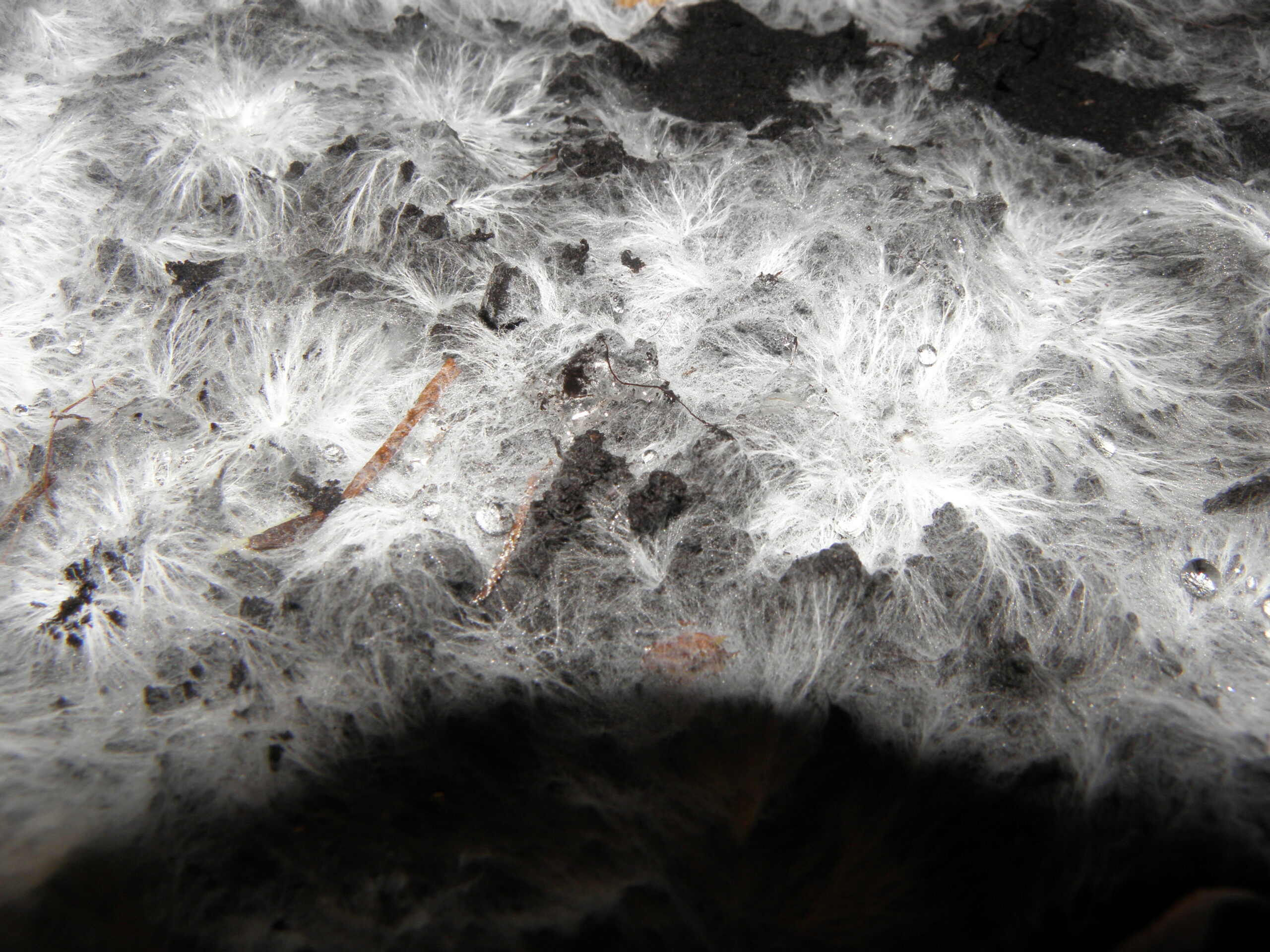
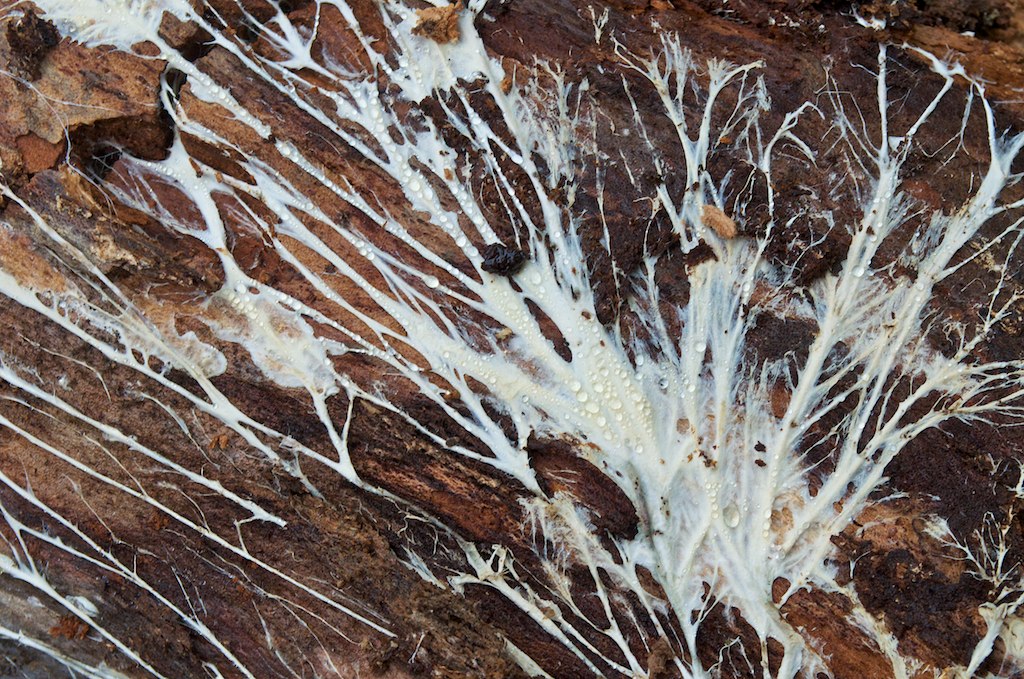
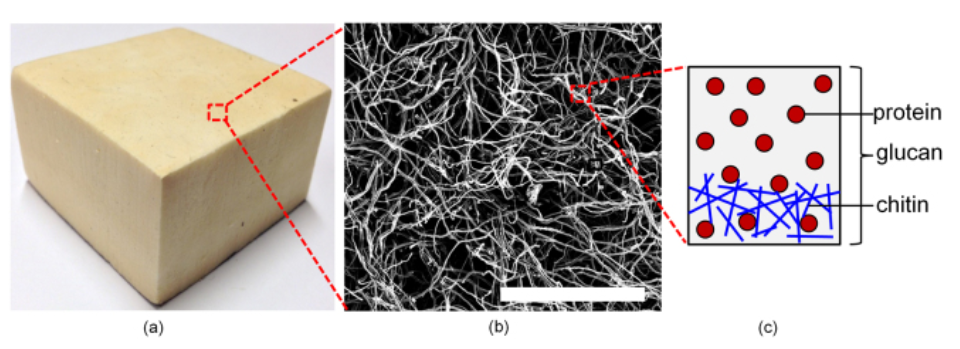

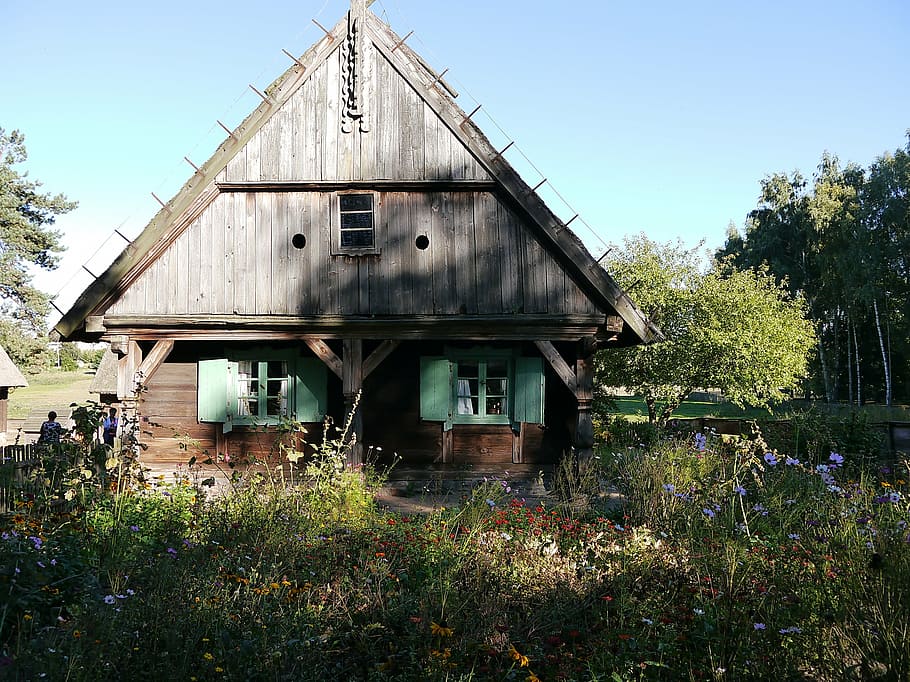
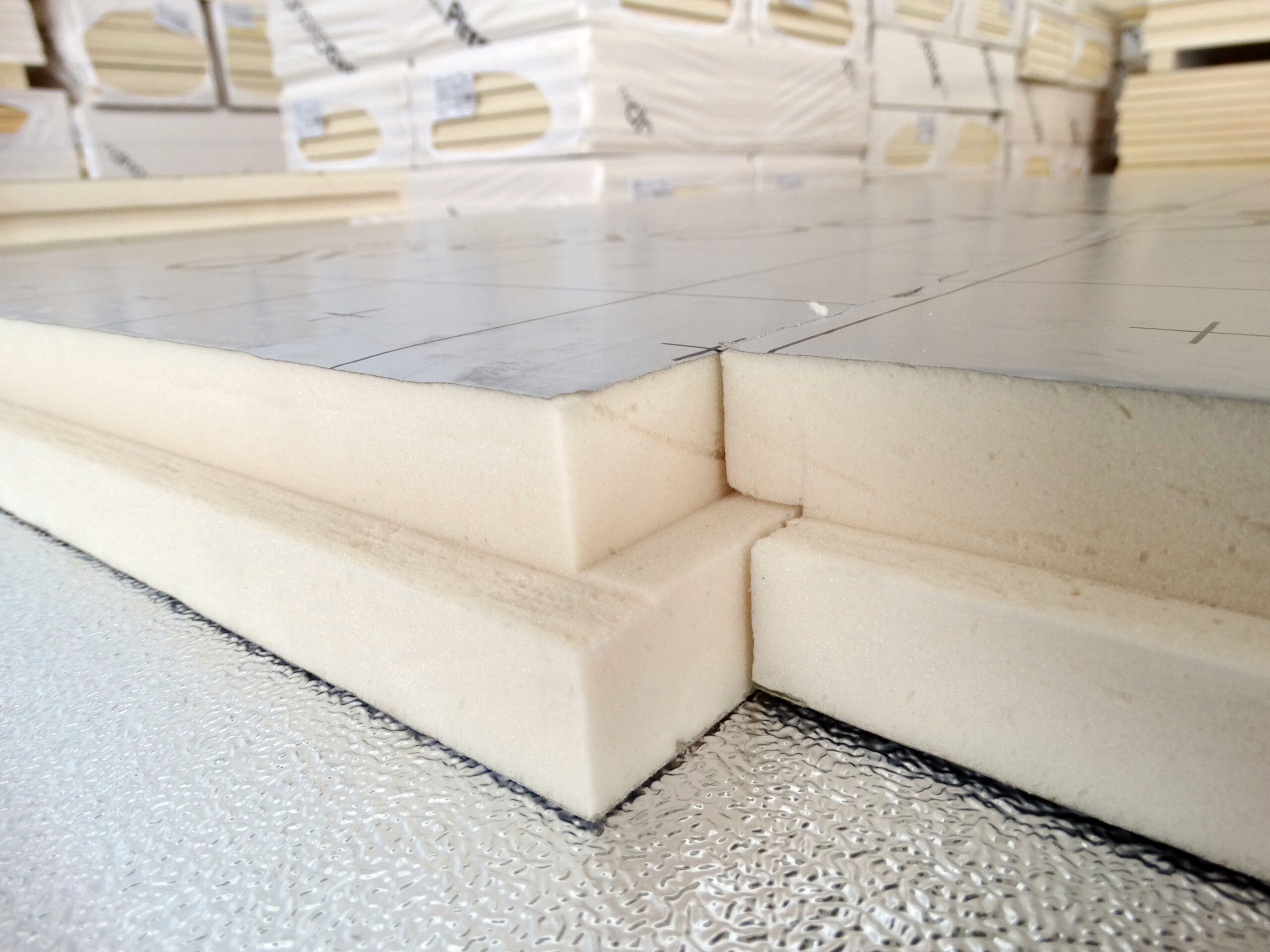
Comments